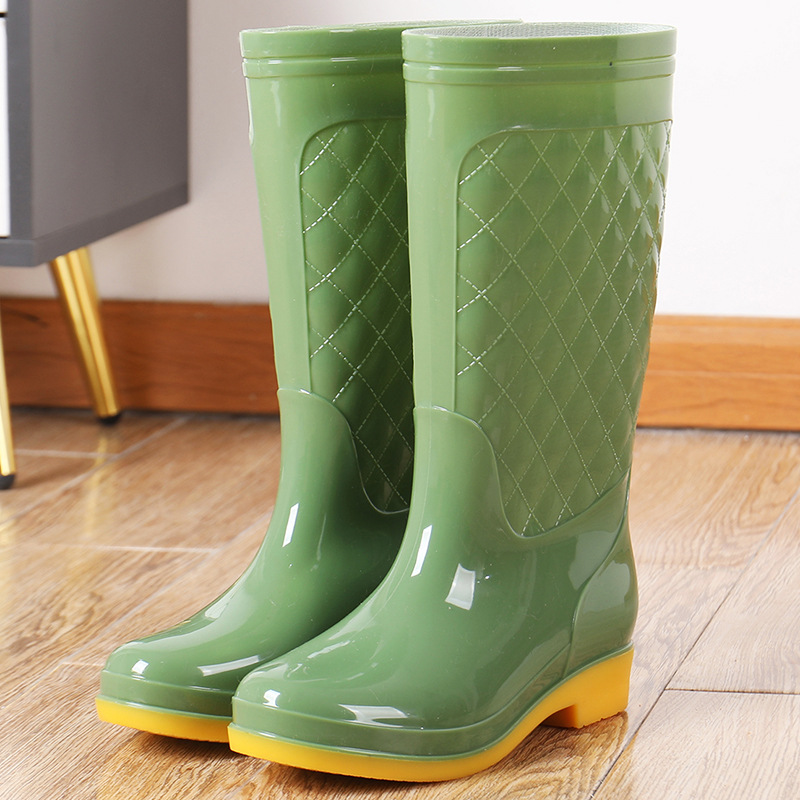
UGG rain boots are known for their comfort and ability to keep feet dry in wet weather conditions. However, some individuals may wonder if these boots are breathable or if they can cause feet to feel sweaty. In this article, we will explore the breathability of UGG rain boots, discuss factors that can affect breathability, and provide tips for ensuring comfort and moisture management while wearing them.
- Construction and Materials: UGG rain boots are constructed using various materials such as rubber, suede, or leather, depending on the specific style. The breathability of the boots can vary based on these materials and their construction.
While rubber, a common component of rain boots, is not inherently breathable, UGG rain boots often incorporate features or materials that promote airflow and moisture wicking.
- Breathability Features: UGG rain boots are designed to provide comfort and minimize the chances of feet feeling sweaty. Some of the features that contribute to breathability in UGG rain boots include:
a. Lined Insoles: UGG rain boots typically have a soft lining, such as sheepskin or fabric, on the insoles. These linings offer some level of breathability by allowing air to circulate around the foot.
b. Ventilation Openings: Certain UGG rain boot styles feature small ventilation openings or perforations that aid in airflow. These openings allow hot air and moisture to escape, reducing the potential for sweaty feet.
c. Moisture-Wicking Lining: Some UGG rain boot styles incorporate moisture-wicking linings. These linings draw perspiration away from the skin, helping to keep the feet dry and comfortable.
- Sock Choice: The choice of socks can greatly influence breathability and moisture management when wearing UGG rain boots. It is advisable to opt for socks made of breathable and moisture-wicking materials, such as cotton, bamboo, or synthetic blends.
Breathable socks allow air to circulate around the feet, reducing the chances of feeling sweaty. Additionally, moisture-wicking socks help move perspiration away from the skin, keeping the feet drier and more comfortable.
Avoid wearing thick or heavy socks that may trap heat and moisture, as they can contribute to a sweaty and uncomfortable sensation.
- Moisture Management: Regardless of the breathability of UGG rain boots, it is essential to address moisture management to prevent feet from feeling sweaty or uncomfortable.
a. Allow for Drying Time: After wearing UGG rain boots, it is advisable to allow them to dry thoroughly. This prevents any residual moisture from lingering inside the boots, reducing the chances of sweat buildup during subsequent wears.
b. Rotate Boots: Rotating between different pairs of UGG rain boots can also help manage moisture. Allowing boots to fully dry between uses prevents the accumulation of moisture, which can lead to sweaty feet.
c. Use Moisture-Absorbing Products: Products such as moisture-absorbing insoles or foot powders can help absorb excess moisture and keep the feet dry. These products can be placed inside UGG rain boots to minimize any potential sweat-related discomfort.
- Climate and Activity Level: It is important to consider the climate and activity level when wearing UGG rain boots. In hot and humid weather or during activities that induce more perspiration, the chances of feet feeling sweaty may increase.
If you anticipate such conditions, adjusting your choice of socks, using moisture-wicking products, or opting for more breathable footwear may be beneficial.
- Personal Sensitivity: Individuals may have varying degrees of sensitivity to heat and moisture. What feels breathable and comfortable for one person may differ for another. It is essential to consider personal comfort preferences and make adjustments accordingly.
Conclusion: UGG rain boots can offer a certain degree of breathability, thanks to features such as lined insoles, ventilation openings, and moisture-wicking linings. However, it is important to note that the breathability of these boots can vary depending on the specific style and materials used.
To enhance breathability and minimize the chances of feet feeling sweaty, it is advisable to choose breathable and moisture-wicking socks. Additionally, practicing proper moisture management, including allowing boots to dry thoroughly and using moisture-absorbing products, can contribute to overall comfort.
Individual preferences, climate, and activity level can also impact the perception of breathability and sweatiness. By considering these factors and following the tips provided, individuals can enjoy comfortable wear and minimize any potential discomfort associated with sweaty feet while wearing UGG rain boots.